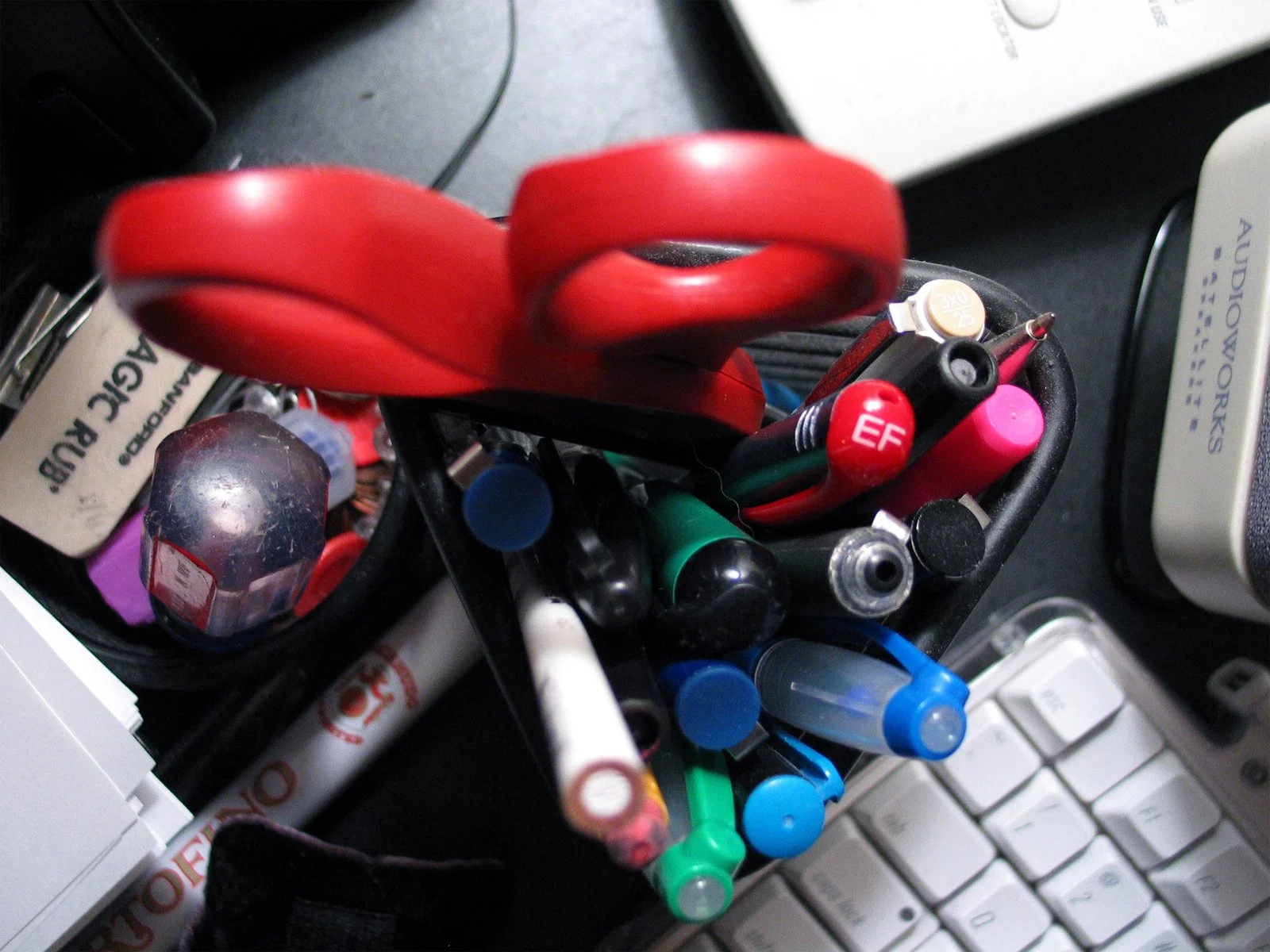Putting It On Paper Can Solve Your Problems
/Make a List, Prioritize Your Life
If you are dissatisfied with your lot in life, it can seem like a fairly daunting prospect to just decide that you are not going to stand for it anymore and make a change for the better. Where do you even start? It can seem like the hardest part of all is just to make sense of everything. Few of us are lucky enough to have just one problem, which if it is fixed will iron everything out and give us a simple life. One problem seems to lead to another one, two matters that are interconnected can each seem to complicate solving the other, and unravelling them can be so daunting that people give up on ever changing anything and just resolve to make the best of their lot in life. This is however not the best option to take. Unless you attack problems at the source, they will continue to make life difficult.
Approaching a personal development plan is daunting, yes. But when you sit and think about it, how wonderful would it be to be able to say that you are tackling your problems head on? There is a cliché that says that getting started is half the battle won. The reason this has become a cliché is because there is more than a morsel of truth in it. If you want to tackle your problems head on, then the best first step to take is making a list. What is it that you want to improve about your life? Do you want to give up a bad habit that is dragging you down? Is it a personal relationship issue? Is it a financial worry? These are just three sides to the issue of personal development, and there are certainly several other categories into which problems can fall. Your instincts will tell you which ones are your key issues.
When you put something down on paper, it makes it easier to isolate what exactly the crux of the problem is. Don’t limit it to a few words, write down everything that the problem makes you think and feel. Then isolate the key words in what you have written. Think about how you can address these problems. Evaluate different solutions and look at how each one will affect you. This will help you identify where you might end up swapping one problem for another, and allow you to take the solutions on their merits.
It may make for a harrowing experience, seeing your problems written down on paper. But both symbolically and psychologically it can make a real difference. The problems are no longer only on your mind, they are down on paper, and what you have in front of you is a battle plan, or game plan. You cannot defeat an enemy that you cannot see, but once you can see it, it becomes solid. And nothing that is solid is invulnerable. It makes a big difference to be able to see where you can attack a problem and once you do it, you will feel a whole lot better. It would be simplistic to say it will be easy sailing from there, but you will at least have steadied the ship.
To streamline and minimize blog maintenance, I will be discontinuing maintaining the Simplepersonaldevelopment.com website (however, I will still hold the domain). I will gradually move all articles from this site to Ahmed Dawn Dot Com site. This article originally published on the above website on Mar 30, 2009.














